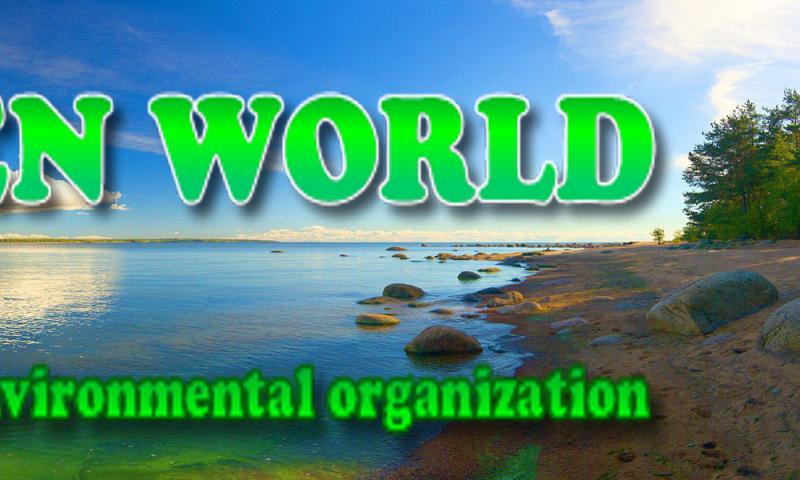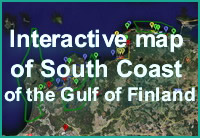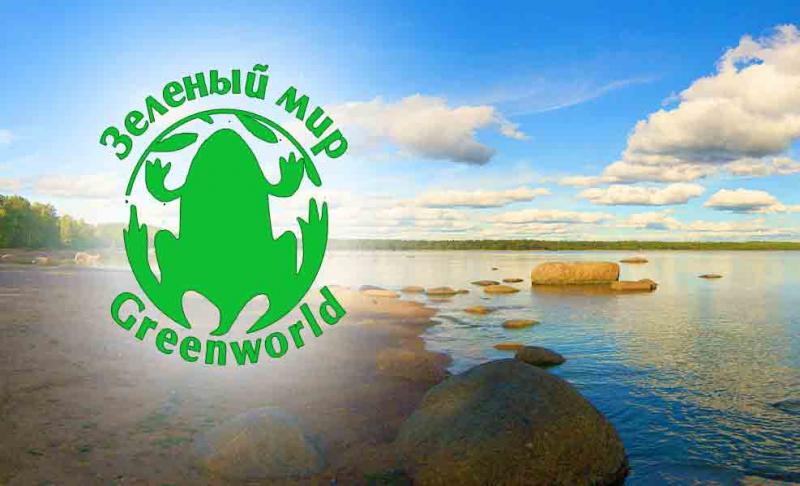
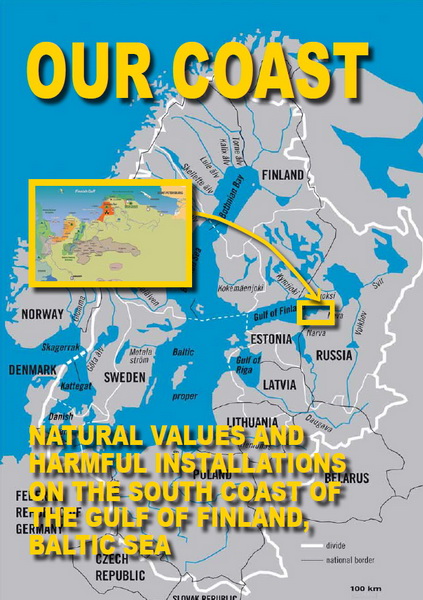 |
The South Coast of the Gulf of Finland |
|---|---|
| Natural Values and Harmful Installations |
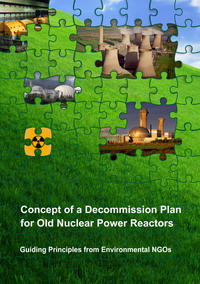 |
Concept of a decommission plan for old nuclear power reactors |
|---|---|
| Guiding Principles from Environmental NGOs |
A Severe Case of Alummania on the South Coast of the Gulf of Finland
Baltic News № 86
"At present a project is being considered, which envisages [the construction of] a large plant with annual output of 550 thousands tones of aluminium. Two sites for it are being chosen, each of them has great advantages.
One of the sites is Ust'-Luga, a resort area of the Gulf of Finland, which is the influence zone of Sweden, Finland, Estonia (and, naturally, their representatives will be invited into the expert teams for the site evaluation). The second location proposed for the plant of the same size is Sosnovy Bor, famous for its Leningrad nuclear power plant, and the Constantine Palace, St. Petersburg residence of RF President is in its vicinity.
These are the largest projects, the design proposals of which are being considered now" - such statement was made by Viktor M. Siziakov, head of the non-ferrous metallurgy department of St. Petersburg State Institute of Mining, expert of Komi-Aluminium Co (daughter structure of the Russian Alumina Corporation SUAL), at his meeting with the public and authorities of Sosnogorsky District of the Komi Republic of Russia.
The subject of the meeting, which took place on March 31 of this year, was the planned construction of the alumina plant in this district of the Komi Republic and would-be consumers of this raw material in other regions.
This quotation indicates that attempts to reinstall the aluminium project on the South coast of the Gulf of Finland are in progress.
The previous attempt to build Sosnovy Bor Aluminium Plant (Sosnovoborsky Aluminievy Zavod - SAZ) was made by a Russian-American Consortium. The vicinity of Leningrad NPP and the Port of Ust'-Luga of the Baltic Sea have been the main advantages of the project. The initiators of the construction even conducted a tender and assigned construction companies to the contracts worth of 50 million dollars.
Tens of thousands inhabitants of Sosnovy Bor (more than 90% of its electorate) voted against the project at the municipal referendum. But some politicians argued its legal validity, because the site proposed for the plant was in the neighboring (Kingisepp) administrative district.
Though the public reaction expressed at the referendum was quite obvious, the July 2004 issue of the Kommersant newspaper informed about the continued intention of the Russian aluminium holding SUAL to build an aluminium plant in the same area. Same advantages motivating the choice of site were declared: the vicinity of the port and nuclear power plant.
The independent environmental examination of the SAZ project (EIA) undertaken by the NGO GREEN WORLD has shown that in accordance with the data of sanitary inspection the pollution of the surface water sources in the area is already high, without an additional impact from the plant. The concentrations of heavy metals, radionuclides and other hazardous contaminants in the drinking water pose unacceptably high risks for the health of people and nature. You can get more information about the results of non-governmental environmental examination on the GREEN WORLD site in subdivision Sosnovy Bor Aluminium Plant and the full version (in Russian) of the Independent Environmental Examination of Sosnovy Bor Aluminum Plant.
Our common sense and the instinct of self-preservation instruct us to reject any proposal causing an additional ecological stress in this area. It is of highest importance that the regional authorities take urgent measures aimed at the rehabilitation of the environment and reduction of health risks to the level regulated by the Russian legislation. This is of primary importance for villages Vistino, Ust'-Luga and town Kingisepp.
The GREEN WORLD experts also proved that the Sista River, the main source of drinking water for the 65-thousand Sosnovy Bor, will be within the impact zone of SAZ carcinogenic emissions. This confirms the political validity of the "aluminium referendum" results, when about 30 thousand of Sosnovy Bor voters (over 90%) said "NO" to the aluminium plant near the port of Ust'-Luga. The site proposed for the plant is just a few km away from the source of drinking water for Sosnovy Bor, and prevailing winds blow in its direction.
The aluminium plant, a large consumer of electric power, will stimulate the lifetime extension of Leningrad NPP, two power units of which have already exceeded their operation time limit. It means not only an additional risk of radiological accidents, but also the continued accumulation of extremely hazardous nuclear waste, the problem of long-term storage of which is has not been resolved. It should be noted that by now the radioactivity equivalent to 50 Chernobyls has been accumulated in the temporary storages a hundred meters away from the Baltic shore.
GREEN WORLD expresses the gratitude to Vladimir Chuprov, GREENPEACE of RUSSIA and NGO MEMORIAL of the Komi Republic for making the recorded speech quoted in the issue available for the GREEN WORLD.
Oleg Bodrov and Tatiana Talalaeva.
The transfer of the published information is welcome.
When reprinting please refer to our periodical

